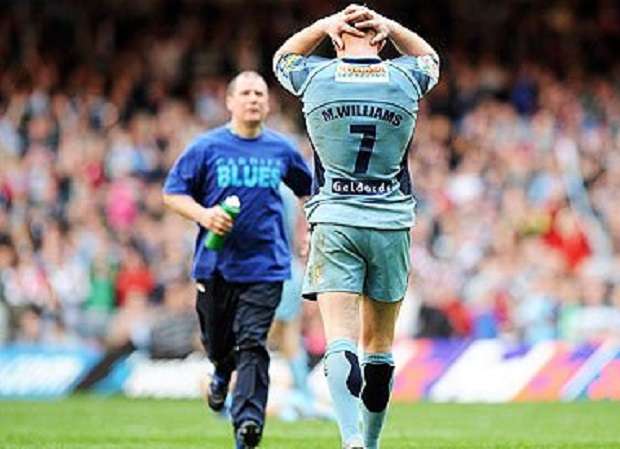

The first I covered – Cardiff’s 1997 visit to Brive – still sticks vividly in my mind although not for rugby reasons. No, it was the six-hour drive from Toulouse to Brive through a blizzard the previous day in the company of Barry Newcombe who was in charge of good cheer and map reading – no sat-nav back then – that still sends a shiver down my spine.
By early evening Brive was officially out of bounds with the police closing all main roads, but we miraculously located our hotel via a couple of extremely dodgy minor ones. As we surveyed a smattering of parked cars buried under three feet of snow it was clear there would be no rugby. Or so we thought.
Anyway no panic. We had a warm place of refuge and there was a splendid restaurant 200 yards down from the hotel, an old haunt that does the best duck dishes in all of France. There are worse fates than being marooned in a French gastronomic hothouse for a couple of days when surrounded by Arctic wastes.
The restaurant’s patron, a die-hard Brive supporter with team pictures plastered over the walls, seemed strangely confident the match would go ahead but he wouldn’t elaborate although with a conspiratorial tap of his nose as he served the calvados he suggested we nip down the Parc Municipal about nine the following morning.
Despite the appeal of a leisurely breakfast that is exactly what we did – we needed something to write about after all – and after wading through the knee-deep snow were rewarded with a remarkable sight. There on the pitch was a small squadron of diggers and tractors clearing the snowy wastes of the Brive 1st XV pitch with some relish.
The English equivalent of Brive is probably Chipping Norton, a small town totally surrounded by farms where such heavy duty plant is commonplace and as we looked on a well-rehearsed and choreographed rescue operation got underway. Big snow is not unknown on the edge of the Massif Central.
The diggers broke the back of the work while the tractors, trailers attached, worked in relays to move most of the snow onto the 2nd XV pitch behind the main grandstand. In an hour and half the pitch was cleared and found to be in near perfect condition – as every groundsman knows the best protective layering for a pitch and guard against frost and ice is fresh fall of snow.
The game was on. Never in doubt, apparently, and the workers celebrated with steaming mugs of gluhvein courtesy of the Brive committee before departing to considerable applause. Not that it did Cardiff any good as they succumbed 26-10. Mentally I rather fancy they, like us, had rather assumed the match was going to be postponed.
Brive featured in another favourite semi-final the following season, their 22-22 draw with Toulouse. That was the unofficial opening of the eponymously named Le Stadium in Toulouse which had only just been completed meaning the Press, and in particularly the solitary visiting British pressman, was sat on a freezing concrete step in the Press area which was still work in progress.
As the temperature was way below zero before the game even started in mid-afternoon the next two hours was, as near as damn it, the equivalent of covering a match from a deep freeze. In those pioneer days the European Cup final was in January, meaning the semis were either just before or after Christmas. None of the balmy spring weather that greets the knockout stages these days.
That match was notable for a couple of things. First Brive were completely outplayed, but Christophe Lamaison had one of those days when he did a decent impression of the world’s best fly-half. He had another the following year when he, above all others, inspired France to their famous World Cup semi-final win over New Zealand at Twickenham.
And, secondy, nobody had the foggist idea what was happening as we approached the end of the final period of extra time with the score 22-22. Or rather everybody – including Brive – thought the game was heading for a penalty shoot-out when an animated ERC official, having finally found a copy of the competition regulations, moved hurriedly among us shaking his head and wagging a finger at all and sundry.
Apparently we hadn’t read the small print closely enough. Although there had been much talk of penalty shoot-outs a drawn game would first be decided by the team that scored most tries. That was Toulouse 2-1. My recollection is that Brive heard this news at just about the same time as us because, having seemingly settled for the draw, they suddenly started playing like a team on speed as they frantically went in search of another score.
I have written before about Munster’s famous 2000 duel in the sun with Toulouse in Bordeaux, mainly in connection with Richard Harris’ unexpected role in the post-match Press conference, but nothing should detract from the sheer quality and importance of Munster’s 31-25 win that day, against a fully booted and suited Toulouse side who should have been to the manner-born in the furnace-like heat of Stade Chaban Delmas.
Instead it was Munster who outran and outplayed the French, outscoring Toulouse three tries to one with scores from John Hayes, Ronan O’Gara and Jerry Holland. It should have been more on a day that was also memorable for the sight of Keith Wood “smoking” Emile Ntamack on the outside even if the Ireland hooker did tear a calf muscle in the process.
“That Bordeaux semi-final is right up there with any in Munster’s rugby history,” insists skipper that day Mick Galwey. “It was the day we announced ourselves as serious European Cup contenders and it was the day Munster rugby fully embraced professionalism.
“Once we made that leap mentally, all things were possible. You can’t win all the time but Munster have been a major competitive force in professional rugby since Bordeaux. We set a benchmark against Toulouse that day in terms of commitment, stamina and quality of rugby.”
Arguably the best semi-final to date – and a game which I watched as a spectator rather than reported on – was Wasps extraordinary win over Munster in 2004 when they came back from a 32-22 deficit with 20 minutes remaining to win with “Big Trevor Leota” barrelling over for the dramatic winning try, above, at a packed Lansdowne Road.
It was a match that demonstrated clearly that there was almost no difference between a top Heineken Cup match and a Test, indeed for sustained excellence and excitement very few Tests, before or since, have come close to this game. It was a career highlight for Leota, a crowd favourite and a coach’s nightmare. “It takes us ten months to get him fit but when his weight is down he’s mobile and plays good rugby,” observed Wasps coach Warren Gatland. “He’s been known to sneak off to McDonald’s and KFC from time to time but he can do whatever he wants tonight.”
Another favourite Munster semi-final memory – and there have been a few – was their crushing 30-6 win over bitter rivals Leinster, again at the old Lansdowne Road, one of the last big games played there. There have been a few gatherings of the Red Army over the years but never in such concentrated numbers as on the huge south terrace. It was as if some giant hand had simply draped it in a thick red blanket. That day – April 23, 2006 – was national census day in Ireland and the results when they finally come in must have looked a bit odd with at least 30,000 males from Limerick and Cork apparently AWOL.
Munster were magnificent against a full strength Leinster, completely closing down the midfield of Felipe Contepomi, Gordon D’Arcy and Brian O’Driscoll which had ripped Bath and Toulouse apart in earlier rounds. If ever a performance and occasion warranted a lap of honour this was it but on the final whistle, other than a quick clenched first of triumph towards the massed fans, it was straight down the tunnel.
Already they were thinking of Biarritz in the Millennium Stadium final. This was their sixth European semi in seven years and still they hadn’t won the bloody competition. The job wasn’t even half done. (It finally was 23-19).
Leinster it should be added got their own back three years later with an equally impressive 25-6 semi-final win at Croke Park in front of a then world record crowd for a club match of 82,208. A few weeks after an historic Grand Slam, Irish rugby was riding high but even that game takes second billing to the second semi-final that weekend the following day when Cardiff and Leicester Tigers met at the Millennium Stadium, the first, and to my knowledge only, major rugby game decided by a penalty shoot-out although the authorities preferred to call it a kicking competition.
Leicester were cruising at 26-12 on the hour when their fans started singing Swing Low, Sweet Chariot, which suddenly galvanised the home crowd who up to then had been giving their underperforming team a hard time. The Tigers lost discipline and Craig Newby and Geordan Murphy were sent to the bin in quick succession. Cardiff turned up the wick and tries from Jamie Roberts and Tom James – both converted by Nicky Robinson – sent the match into extra time.
Neither exhausted side could find a way of scoring in the 20 minutes of extra time so we had a rugby first, a penalty shoot-out from the 22 in front of the posts. Each side nominated their first five kickers and if the match was undecided after that it was down to volunteers. It was a torturous, agonising but undeniably compelling business with Leicester No.8 Jordan Crane – who allegedly once had trials with West Bromwich Albion – emerging as the unlikely hero when he eventually saw Tigers home 7-6.
The most commanding victory and most commanding individual performance was Saracens‘ astonishing 46-6 win over Clermont two years ago, a result which still defies logic especially as I recall significant passages in which
Clermont were at full gas and played really well. A couple of refereeing decisions didn’t go their way but 46-6? How did that happen?
In short Clermont got Burgered. Jack Burgered. They all played well from one to 15 but the Namibian skipper produced an individual display I have never seen bettered. He didn’t just make 27 tackles in his 69-minute shift, just about every hit was worthy of the highlights reel – spectacular, brutal, bruising, decisive.
The big beasts of Clermont staggered around in almost comic confusion after tangling with Burger, never had they been hit so hard and so often.
Burger was playing his first big game in 18 months that day after horrendous career threatening injury problems and I don’t every recall a better comeback performance in any sport.


International Rugby
Henry Slade pulls out of England’s tour of Argentina and the USA through injury

British and Irish Lions
British and Irish Lions told: Beware Australian dirty tricks

International Rugby
George Ford joins 100 club in England victory over Argentina

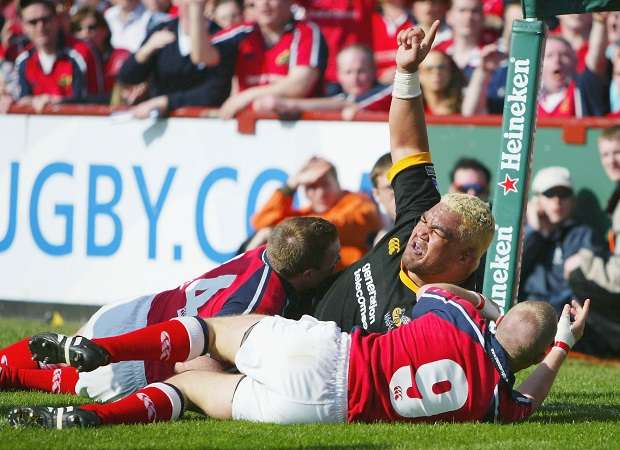


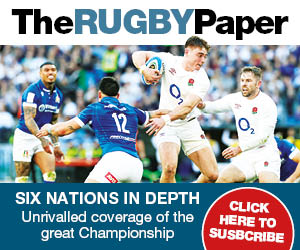
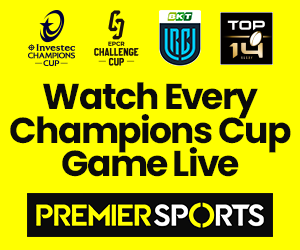
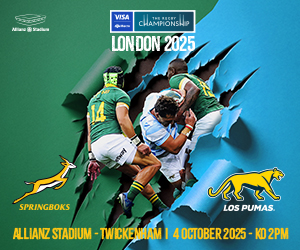


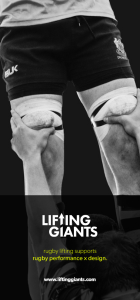










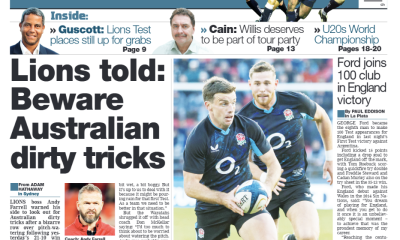

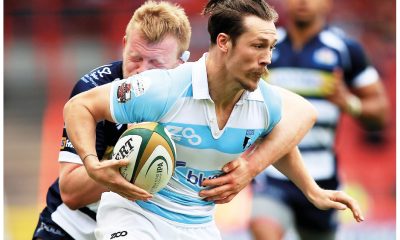

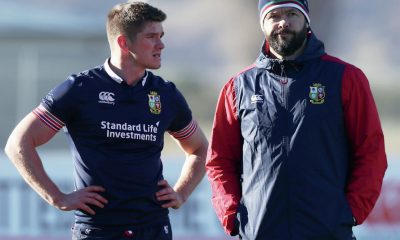

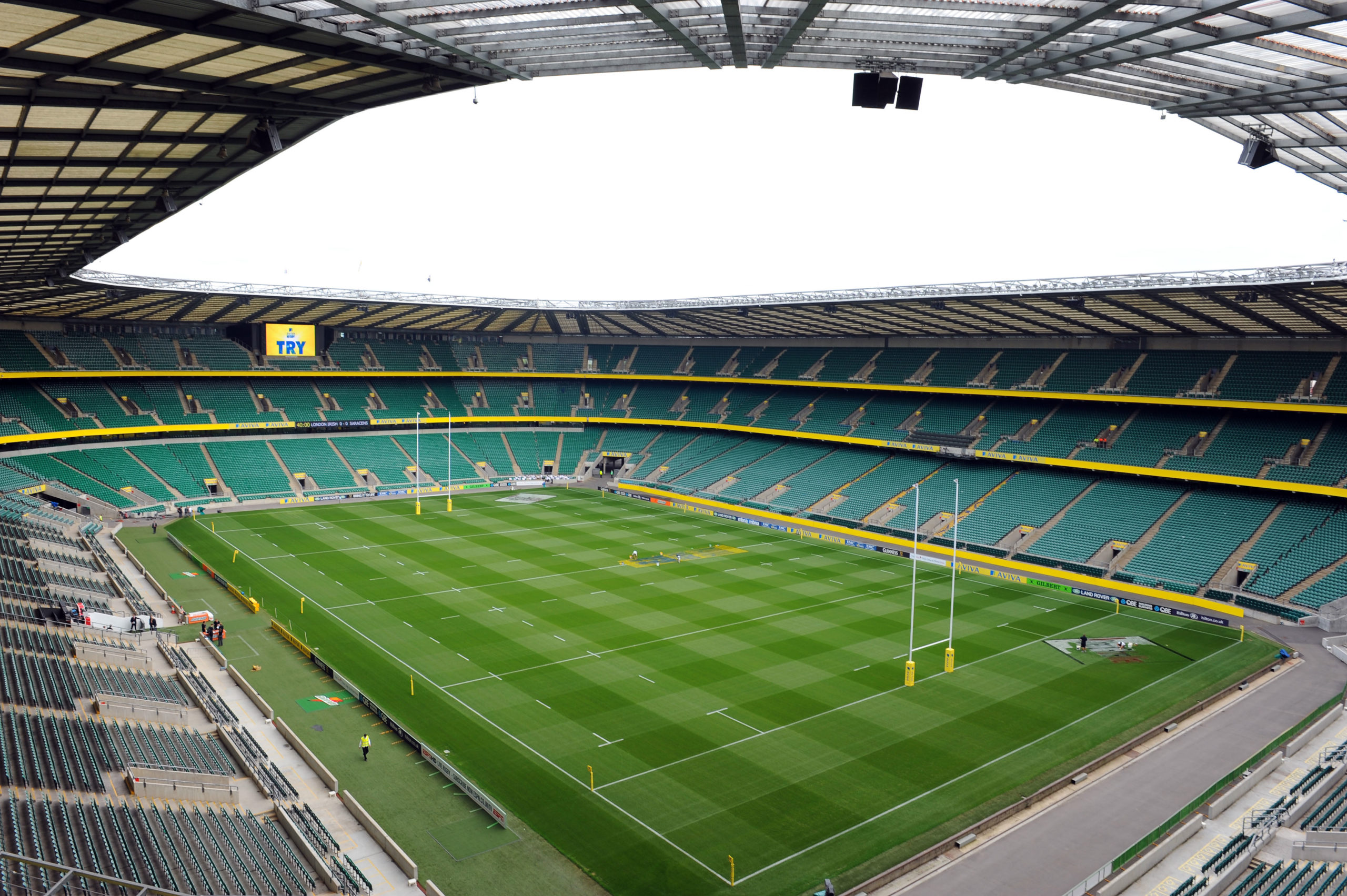
You must be logged in to post a comment Login